Contact Sussex Damp Experts Now to Speak With an Expert.

When Sussex Damp Experts analyses any building, regardless of its age, Rot is frequently the source of any timber degradation within the structure. Wet Rot and Dry Rot, both produced by fungal deterioration in building timbers, are the two most prevalent types of wood rot.
Excessive humidity is the primary cause of Rot since rot fungus transfers moisture through the wood to dry places, weakening it in the process.
This excess of moisture can also develop rising damp, penetrating damp or other types of damp problems on concrete walls or floors. The moisture ingress is the cause for most damp issues, whether on wood or concrete, so it’s crucial to make sure the building is damp proof. Our building surveyor can elaborate a complete report where all the problems are explained and justified further recommended actions.
After the correct problem elimination, damp proofing the structure of the building it’s always the best advice.
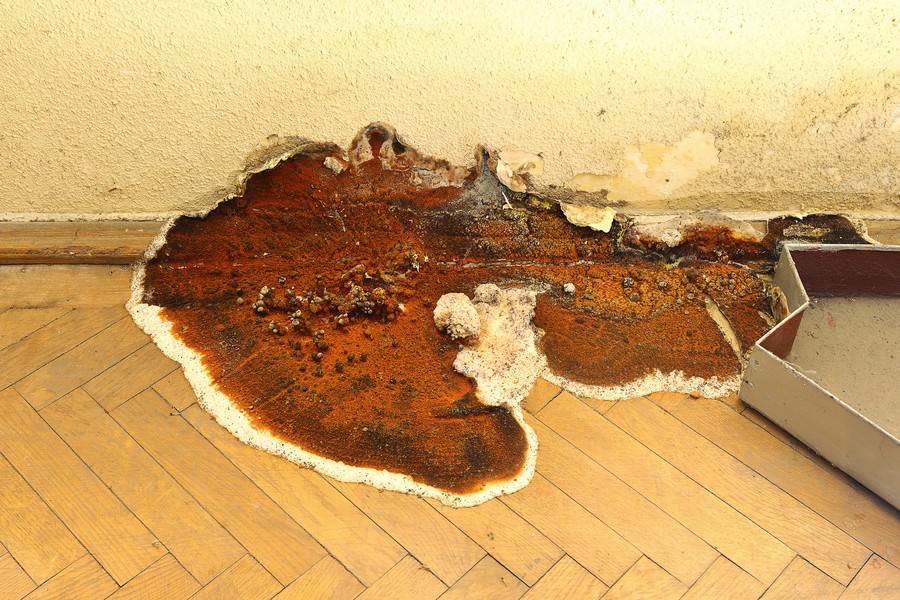
Both these problems occur in timber or wood parts of the property structure. They contribute to timber decay, and whether it’s on timber floors or a damp wall, the damp ingress will affect the structure and support of the building. That’s why it’s so important to have a comprehensive report done by a certified surveyor that will point to the affected areas giving expert advice on an accurate diagnosis that helps to deal with the situation the best way possible.
Various fungi may cause wet Rot, but the most prevalent is Coniophora Puteana, often known as cellar fungi. The mine fungus (Fibroporia Vaillantii) is another cause of wet Rot, with distinctive cuboidal cracking when the wood is decomposing. Wet rot spores can be found in the atmosphere. With the appropriate conditions, cellulose-based materials are vulnerable to spore assaults (moist and dark areas).
Dry Rot develops in wood that has been exposed to moisture and has become infected with the wood decay fungus. This fungus promotes Rot by living on damp wood. The fungus that causes deterioration spread tiny threads called hyphae throughout the wood. By breaking down the wood fibre, these threads weaken the wood. Dry Rot is a term that describes the result of wood deterioration rather than the cause.
This is a parasitic parasite that may be found in damp wood. It changes the structure of the wood, producing swelling and separation of the fibres, resulting in crumbling and a loss of structural strength. Wood deterioration and structural integrity are lost due to wet Rot, causing the timber to crumble. Wet Rot in structural wood is caused by constant contact with sources of moisture. This might be due to penetrating moisture or poor plumbing on the ‘wet’ side of the property. Wet Rot is caused by fungi that spread to nearby timbers and cause harm.
Various fungus species cause wet Rot, but the most frequent type is Cellar Fungus (Coniophora Puteana). Cellar Fungus, a fungus that causes brown Rot, spreads quickly and affects both hardwood and softwood. This fungus grows in moist environments, forming brown strands from rotting wood.
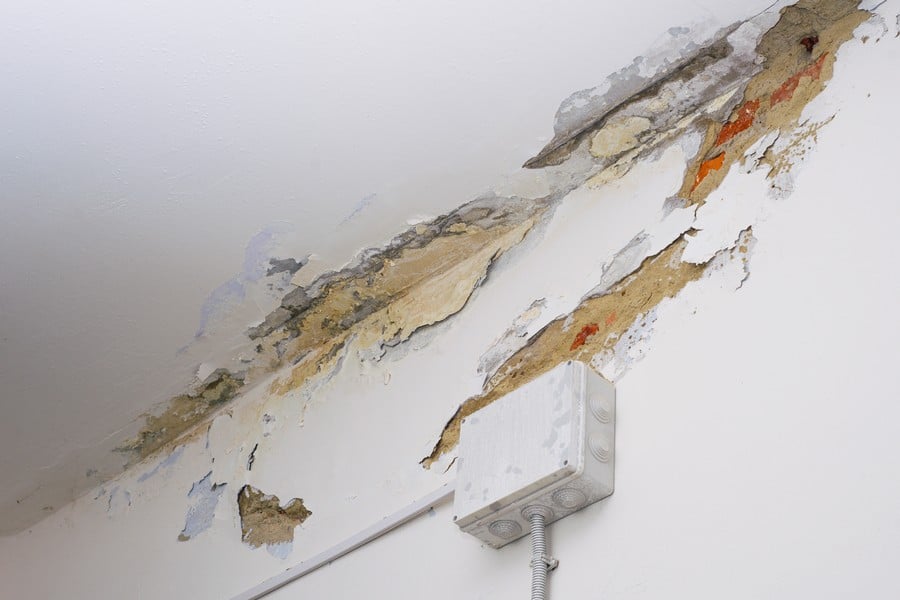
The fungus Cellar Fungus darkens the wood. The fungus causes fractures to appear in the timber fibres, weakening the structure. If no treatment is taken, the entire room will get contaminated, requiring more costly repairs and replacing the wooden structure. That’s why damp proofing treatments are always recommended in primary stages of rot contamination.
The fruiting body is one distinction between wet and dry Rot. Wet Rot has a brown fruiting body with a moderate lumpy texture, and cream borders rarely observed.
The first step in dealing with rot problems is to figure out what’s causing them. The most common cause is dampness in the wood. Moisture is ideal for the development and growth of fungus that destroys wood. Damaged woods as a result of dry or wet Rot are the end outcome. These two wood states can only form and spread if the environmental circumstances are ideal for them.
Wet Rot may affect any form of wood that is continually exposed to dampness. A roof leak, burst pipes, a poorly connected washing machine, a leak of any type in the house, and so on are all possible causes. All of these scenarios, as well as others, are likely to cause damp Rot.
To live and spread, wet Rot requires continual moisture exposure. Wet Rot can be detected in areas with faulty plumbing, gutters, downpipes, and stone pointing. When a piece of wood is exposed to high amounts of moisture for an extended time, fungal spores develop, causing it to lose its strength and integrity, increasing the likelihood of it breaking and causing significant structural damage.
Eliminating the source of moisture is the first step in preventing Rot. Rot will go away on its own if treated appropriately and early enough, as it requires continual moisture to thrive. Sometimes it’s not that straightforward, and if the damage is severe enough, the damaged wood must be entirely removed and replaced. Antifungal spray should also be used in the surrounding region.
Wet Rot can cause severe structural problems in your property, which is why detecting and identifying it early is critical. Here are the common signs that you should be on the lookout for:
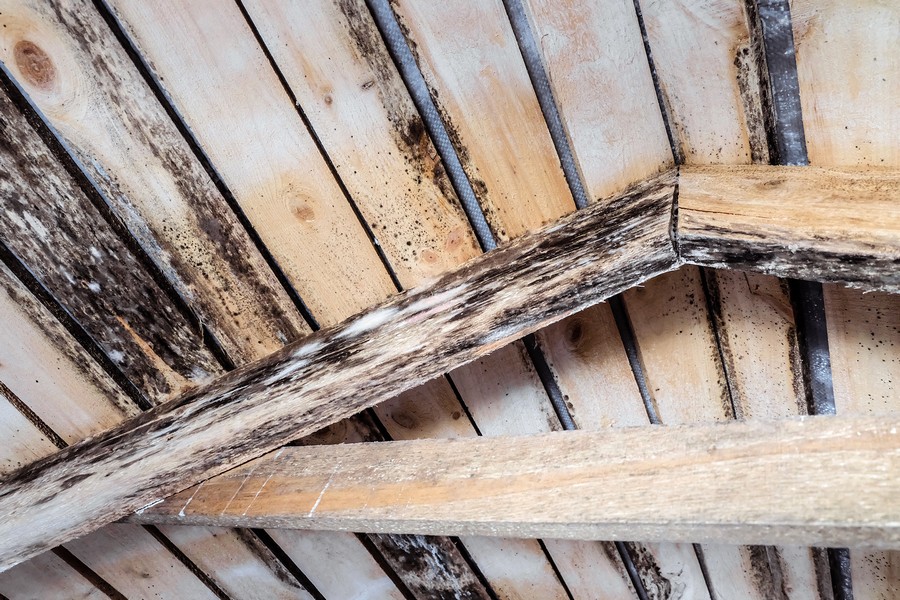
Wet Rot is clearly visible when a timber’s paint has peeled off or appears flaky. Because paint might wear off over time, you must be sure that the main problem is damp Rot. In any instance, a knife or other sharp instrument can be used to pierce the wood. If you can easily drive a sharp item into the wood, you’re dealing with damp Rot. If your wall is made of concrete and you see damages on the painting, it’s probably a case of penetrating damp or rising damp, depending on the height where the damages can be seen.
Timber decay can be noticed when you hear a squeaky sound underneath your feet. You may also see whether the floor bends or has a springy feel to it since this is a more evident indicator that you may have a damp /rot problem.
Sawdust residues are never a positive indication in wood since they usually suggest wear or an element that causes the wood to become porous. As a result, water and moisture may readily infiltrate the wood, causing it to rot. Termites (wood-boring weevils) are well-accustomed to sawdust residue, implying the wood’s internals are being exposed.
When wood is moist, it emits an unpleasant damp odour that is nearly hard to ignore. When moist, almost any substance emits a distinct odour, and lumber is no exception.


When fungus grows on wood, it usually means that serious damage has already occurred. Wet Rot isn’t commonly associated with growths, but it manifests itself as white mushrooms or line patterns on the wood’s surface when it is.
These growths might be white, brownish, or blackish in colour, which makes them highly noticeable. If dampness is not adequately regulated, it can detract from the overall attractiveness of a structure.
Wallpaper, paints, and other wall and floor patterns are all susceptible to harm. How can you put a stop to these problems? For one thing, adopting water-repellent materials may be quite beneficial. Ensure that all bolts and knots are tightened, ensuring that damp proofing is achieved. To keep your wood fittings in good shape, make sure the hoses are waterproof and apply mould killers regularly.
Moulds are a natural part of the cement-making process since it requires water. Moulds are commonly thought only to be found in timber houses. However, they may also be found in cement dwellings. In this situation, it is recommended that you pay special attention to any wooden fittings and apply coatings to guarantee that the wood has a long life span.
Contact Sussex Damp Experts Now to Speak With an Expert.
Dry Rot thrives on damp wood with a moisture level of more than 20%. It causes harm while remaining undetectable. It may appear odd that a fast-spreading fungus-like dry rot can go undiscovered for so long. This is because the fungus thrives in places where no one looks, such as lofts, behind plaster, and beneath floorboards. As a result, it’s critical to understand both the subtle and apparent indications of dry Rot. The later phases of the dry rot life cycle are the most visible. When the Rot can no longer receive nourishment from the wood, it must send spores into the atmosphere to restart the cycle.
When dealing with Dry Rot, the first step is to locate and seal the source of moisture that is damaging the wood. It might just be a leaking pipe, but it’s more likely that it’s something bigger and more challenging to fix. Dry Rot can occur when wood comes into touch with soil as a result of a broken foundation.
You don’t have to wait until you have dry rot issues to take action to avoid them. Make it a habit to inspect all of the wood in your house for moisture on a regular basis. If you notice any leaks in the bathroom or laundry area, get them fixed as soon as possible.
You can safeguard the structural timber in your home against future damp and moisture breakouts by taking some actions. In this manner, even if the wood comes into touch with moisture in the future, it will be resistant to mould.
It is a good idea to utilise air-bricks if your basement has little or no air ventilation. These will improve air circulation and substantially reduce the chance of dry Rot down there. In this manner, you may rest easy knowing that your basement is dry and your floor joists aren’t damp. If you want to be even safer, use a wood hardener to make the structural wood stronger and more resilient.
However, if you discover dry Rot in any section of your property, you should always seek assistance. For expert assistance, call Sussex Damp Experts.
Dry rot prevention and treatment is a major issue. Sussex Damp Experts is a well-established firm in the sector that can aid you in dealing with or preventing dry Rot in your house.
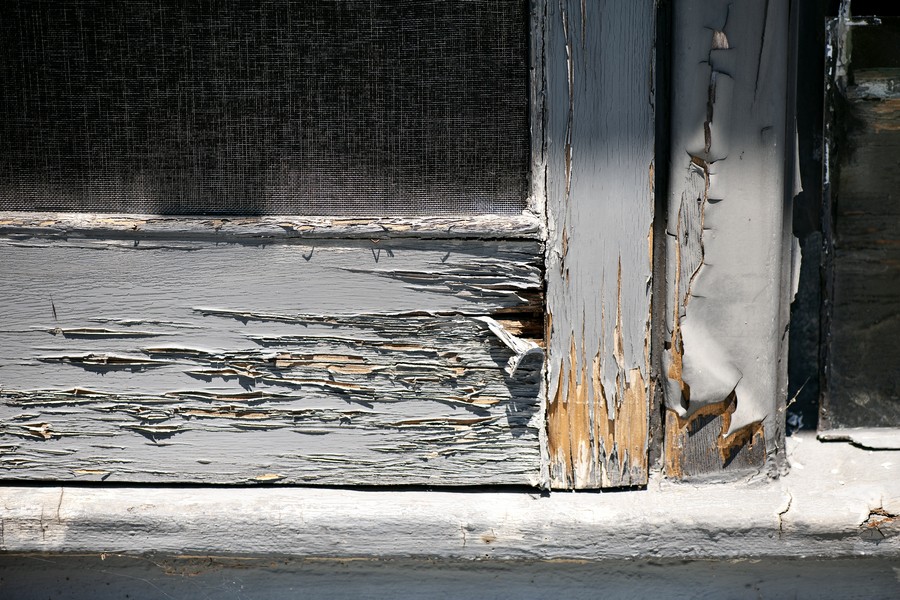
Call Our Sussex Damp Experts team now for quote, consultation and advice:
Call on 01273 257 765.
Dry Rot is a significant condition that can create severe problems in your house, especially if it goes unnoticed for an extended period. It’s more prone to occur in dark, out-of-sight, and out-of-reach relatively wet locations. Leaks in isolated parts of your home are the most prevalent source of dry Rot. It spreads fast, so by the time it’s discovered, it’ll have progressed to an advanced level, and repairs might be quite costly and inconvenient at this stage.
The smell of dry Rot is wet, musty, and mushroomy. This is one of the first indications you’ll notice, and it’s a sure sign that dry Rot is forming and spreading somewhere in the house.
Another symptom of dry Rot is the appearance of grey threads on the wood. They appear to be cobwebs at first glance. These strands depict the wood’s hunt for moisture as well as the direction dry Rot takes.
The fruiting body is the ultimate stage of dry Rot. It is immediately identifiable due to its mushroom-like look. It features fleshy pancake-like growths on top with an orange-ochre top and distinctive large pores.
Mycelium is the penultimate stage of the dry rot life cycle. White mycelium is easy to distinguish, although it might be challenging to see. It resembles cotton wall balls, which makes it easy to identify. The problematic aspect is figuring out where to look for it because it thrives in dark, damp environments with little to no air circulation, most frequently in little empty areas beneath the floor.
A change in the state of wood objects in your house is another indicator of dry Rot. You could find that your flooring, door frames, and skirting boards are dry and brittle. When you touch wood that has been damaged by dry Rot, it crumbles in your palms and turns a deeper colour. Cuboidal cracking, which causes the wood to split up into 50mm broad cubes, is one of the most visible signs of dry Rot damaged wood. Damaged wood may also have hyphae, a white fungal growth. It appears like cobwebs, and if you see them, you know you’re dealing with Dry Rot.
The fruiting body stage results in the appearance of spore dust, which is a clear sign of dry Rot in its most advanced state. Spore dust indicates that the fruiting body has burst and is seeking a new source of moisture, spreading to other surfaces. Its rusty, red-brown colour is difficult to overlook.
It’s advisable to call a specialist if you can’t figure out what kind of wood rot you have. You should also have the wood in other rooms treated with a protectant to minimise future hazards of wet or Dry Rot.
You may, however, have had a few free damp and timber surveys completed, with different results. Another possibility is that you have underlying damp issues in your home or a wet wall that no one can figure out. Remember, it’s always better to be safe than sorry.
Our team of wood rot specialists can assist you in accurately identifying the problem and recommending suitable measures to remove and fully halt the growth of the Rot, safeguarding your entire building’s wood structure.
The surveyors at Sussex Damp Experts are experts in rot identification, treatment, and eradication. Our team of experts will provide you with a solution that will permanently eliminate rot concerns from your property, making damp proofing the best weapon for future rot problems.
Whatever the case may be, your Sussex Damp Experts surveyor is available to assist you and provide you with honest advice.
Sussex Damp Experts can assist you with honest, helpful, and thorough guidance on all areas of rot detection, eradication, and prevention advice.
Even though fungicides are very affordable, the total cost of treating dry Rot includes a professional assessment and new wood and repairs. Unfortunately, there is no quick method to eliminate dry Rot without a comprehensive evaluation and expert repair work.
Fungicides, like dry rot treatments, are generally affordable. Wet Rot is also much easier to identify early on, so you may be able to avoid the problem altogether. That is not always the case, though. You’ll still need a survey to see how far the damp Rot has gone, as well as expert assistance to treat the source of the Rot. If the wood is damaged, it may need to be replaced. After the cause of concern is treated, damp-proofing is recommended to avoid future concerns and expenses.
Sussex Damp Experts is a firm that specialises in damp proofing (to avoid rising damp, for example), waterproofing, timber preservation, and other unique property treatments. We also perform initial investigations, which always produce a damp report, such as a damp survey, a damp and timber survey, a timber survey, noticing all timber issues, whether their result of timber defects, building defects or previous inappropriate remedial works.
We’re quite proud of our professional crew, who will provide exceptional service while maintaining a pleasant demeanour. From the initial survey to the subsequent consultation on the task that needs to be done to the actual work, we respect knowledge, professionalism, and hard effort, so you can rest certain that you’re in good hands.
Sussex Damp Experts provide in-depth, non-destructive site inspections and surveys, followed by thorough written reports that include suggestions and instructions for any remedial work that may be required. According to the report’s findings, we can also give prices and estimates for corrective work. We will try to offer a clearer understanding of the charges stated as best as possible for your peace of mind.
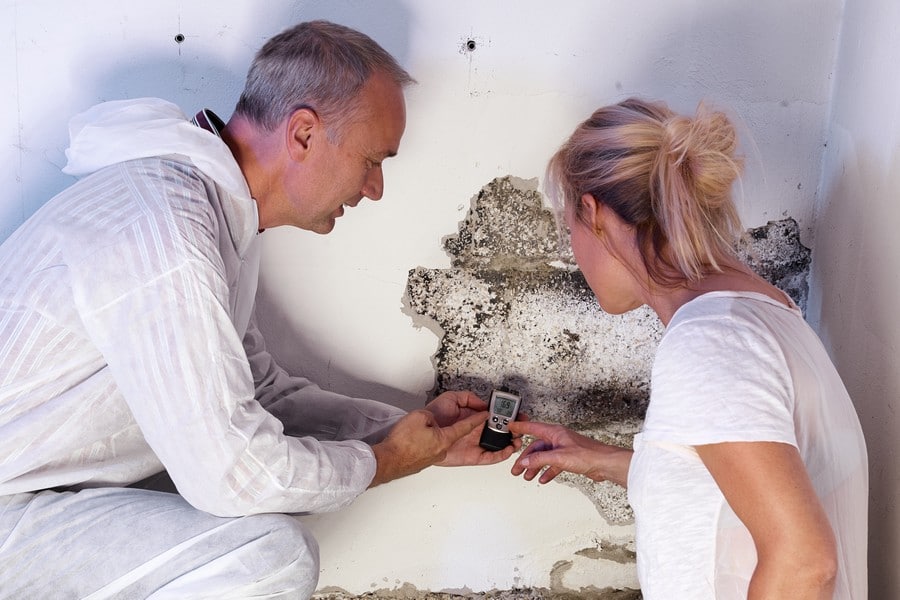


Max and his team have been at our property all week and I really can’t thank them enough for the fantastic job they’ve done on plastering both our walls and ceilings. They have literally transformed the appearance of our house! Not only has Ma…

From start to finish Max has been incredable. His knowledge lin damp proofing is second to none and his team where very clean and polite. The plastered finish was like glass so happy we choose Max Plastering for job.

Lovely bunch of lads left a very neat and clean job. Problem was solved.

Perfect Finnish and all left clean and tidy and no mess. Used Max previously and would not hesitate to ask him carry out more work.

Max, Harvey and Stuart arrived promptly as arranged. Done a great job on our outside rear wall. Work completed to a high standard, removal of all old material and cleaned up after themselves. I am so pleased with the standard of their work they ar…

They turned up on time and carried out the works in a very professional manor leaving the front of the house clean and tidy. Very impressed would definitely recommend.

I have to say that on every level Max (with Stuart and Harvey) did an extremely professional job! They explained what they were going to do, they were polite and courteous and respected that they were coming into our home. The plastering is of the…

I called max and he managed to come around the same day to do a survey. The next day I received an extremely detailed survey compared to any other damp proofer which made me feel very at ease that he was going to do the right job. Max and team tur…

Contact Sussex Damp Experts Now to Speak With an Expert.